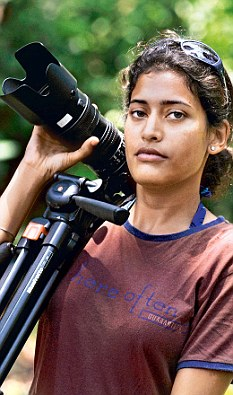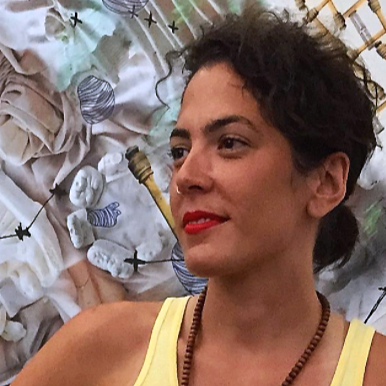Main Rules
Is it REALLY free?
Yes! hopefully free as in both pizza and freedom! We will cover your housing (you might need to bring a tent), and your registration. You have to figure out how to get here.
But i heard there is a deposit?
Yes! If your application is accepted we will notify you in February and have you pay a $20 USD deposit. We will refund your deposit when you arrive on the island! This is just to encourage people to actually come if they say they will, since there are other people on the waiting list.
What are “Ants”
Ants are super cool! and to help make sure people ACTUALLY READ this FAQ, if you see the word “Ants” in a form to guarantee that you have read the latest version of the FAQ, you should select that! (click “Ants” on the form to indicate “yes”).
What are the official “rules” of the conference?
1. You must complete something. Aim big, aim small, just figure out a task for yourself that you can commit yourself to that you can accomplish during your time at the conference. It can be any format you want: sculpture, a movie, a poem, a fingerpainting, a journal article – you just have to finish it!
2. You should document what you made and share it with our group at the conference (even if it means just sharing your article you wrote, or taking a photo of the thing). Everything will be made open-source and publicly accessible!
3. You need to provide feedback on two (2) other people’s projects.
4. You need to stay at the conference for at least two (2) consecutive nights.
Anything else?
Be nice to all humans and non-humans
Accomodations
Do I need to pack in all my own food?
Probably not! You can if you want! But there are frequent trips to the mainland, and we can stock up on food. There’s even a little restaurant at Baan Mai resorts.
Will I be able to bring my own tent/hammock and camp?
Yes! and it’s probably a great idea!
Is this going to be rough? Will i have to live outside in a deadly jungle the whole time?
We tried to set up our location to accomodate people of various adventurousnesses. It takes place at a tropical resort island, and you can choose your level of outdoorsy-ness for stay: live in a fancy cottage on the beach, stay in a ten on the lawn, or go live in the deep forest for the whole time.- it’s up to you!
What are the accommodations like?
They will be minimal. It will also be in the tropics which means hot, damp, full of biting things, and beautiful luxurious nature! Full description of our accommodations will be here: Location
Basically we can accommodate 10 people indoors, and 20 people camping style nearby. There are 2 extra cabins that people can rent as well if we don’t have enough room, or you want a private place to hang out! They aren’t too expensive.
Kids and Families
I have a child that is super amazing and brilliant, can I send them to your conference?
Sorry, this conference is meant for autonomous individuals and groups to interact with each other. Everyone is entirely responsible for themselves, and thus we can only admit persons 18 years old and up.
I have a family that I want to come with me (a person over 18 years old) which includes some members under 18. Can we come?
-Yes! You should register your group as a team, and note that you will be ENTIRELY responsible for not only yourselves but also any individuals under 18 that are in your care (i.e. I’m sorry to say we cannot provide any babysitting services).
Documentation
What’s this rule that everything has to be open-sourced and shared?
Being good scientists and technologists, we know that all work builds off the works of others. Therefore our goal is to expand humanity’s collective knowledge, and not limit it. For this reason, a key rule at our conference is that everyone’s projects have to be publicly shared.
I wanted to use the conference as a writing retreat to write articles, and get them reviewed in preparation for submitting to different journals or conferences. Won’t sharing my article prohibit me from publishing in these other places?
Nope, you can just share what you are working on as a “pre-publication” which is some sort of loophole that lots of these publishers don’t seem to mind!
What Types of Participants?
I don’t consider myself a field biologist, or an artist, or an engineer. Can I still come?
Totally of course! You can be whatever you want, no experience required, just have an interest in any aspects of these areas!
I’m a biologist, but I usually work in the laboratory, not in the field. Should I still try to come?
Totally of course! Take the cool things you know and do in the lab, and come try them out in the field with us!
I’m an artist without much experience in art or technology stuff, but i’m interested in exploring it more in the wild with you. Should I try to come?
-Totally of course! We will love combining your talents with all the other interesting stuff going on!
I’m an engineer working with computers or electronics, I’ve never been outside, but i want to try it out with you, should I come?
-(are you starting to notice a pattern) Totally of course!
I’m a jerk, and I’m real mean to people, and I don’t care about the environment, should I try to come?
-uhhhhgg i guess probably not?
Misc
Even though you are funding it with your own money, and trying really hard to provide a free, accessible space for all kinds of people, are some folks still going to get angry at you about different aspects of the conference.
Yep!
Won’t this conference involve people flying from all over the world, leading to the release of lots of greenhouse gases and increasing the toll on our earth?
Yeah. Unfortunately so like most other international conferences of academics. The longevity of the conference aims to help keep folks in place longer than most conferences though (where people zip in and out for a couple days). The eventual goal of this conference is to hopefully spawn lots of “Digital Naturalism” conferences in a similar style around the world, where people can rent out some land, and invite people to live and work on it in a more localized fashion.
—————–
And that’s it! This ensures that everyone going to the conference comes away with a finished project in hand, that has been reviewed by amazing experts you got to co-habitate with








